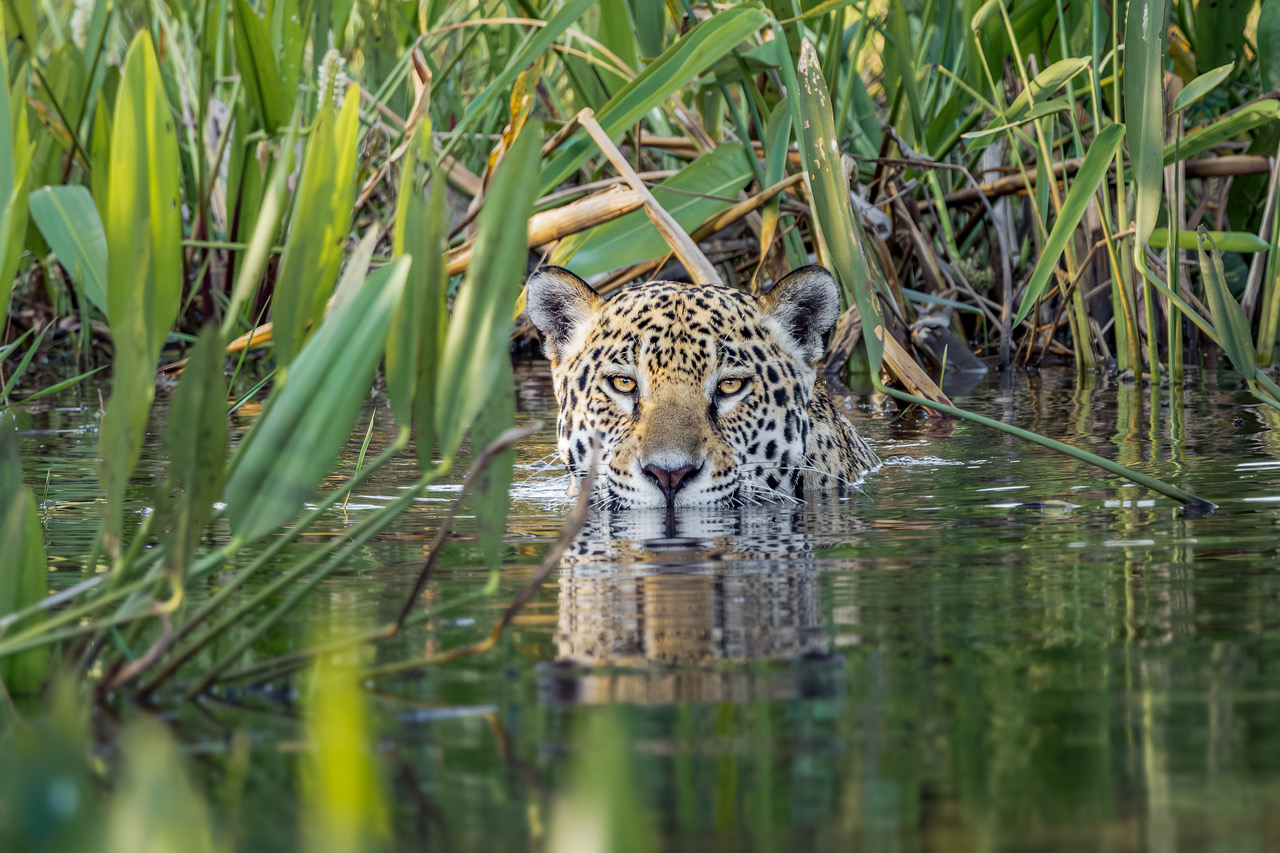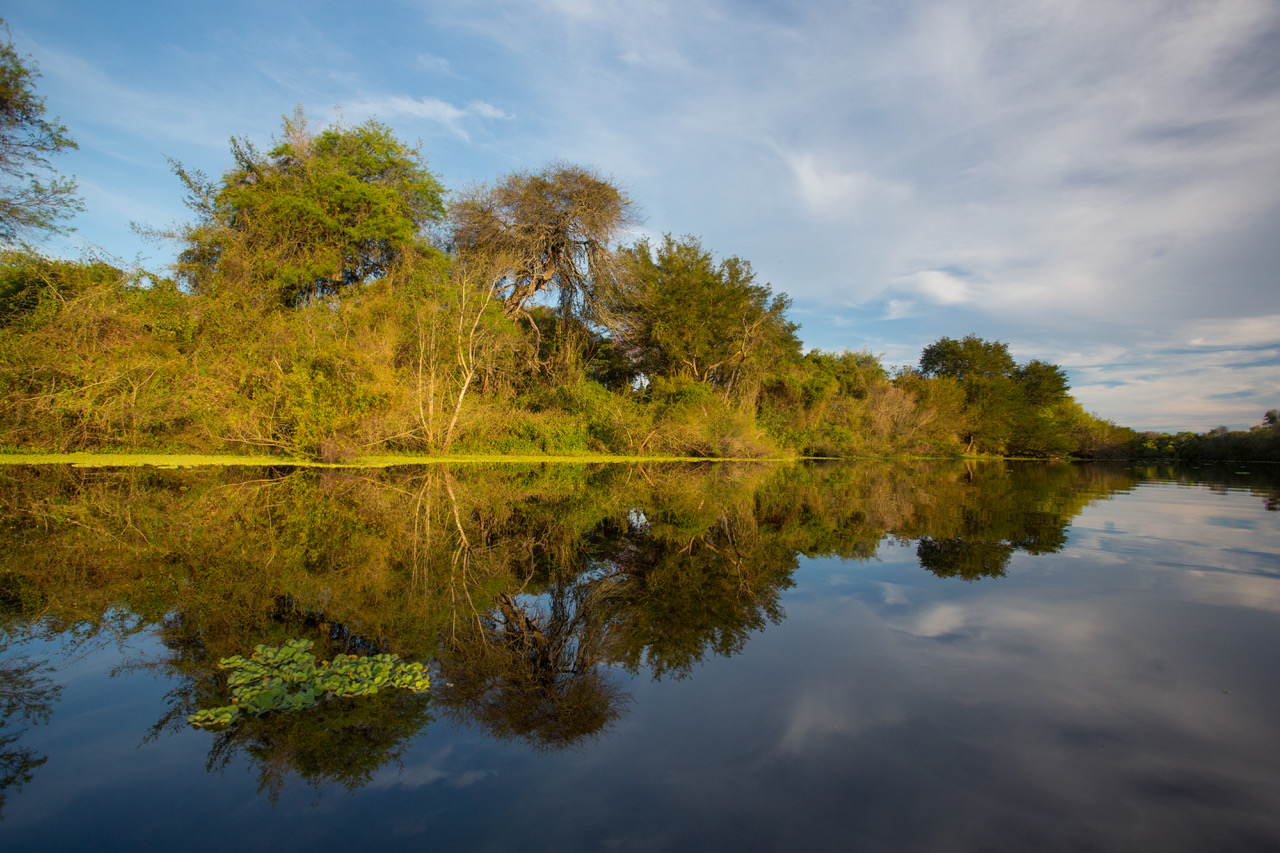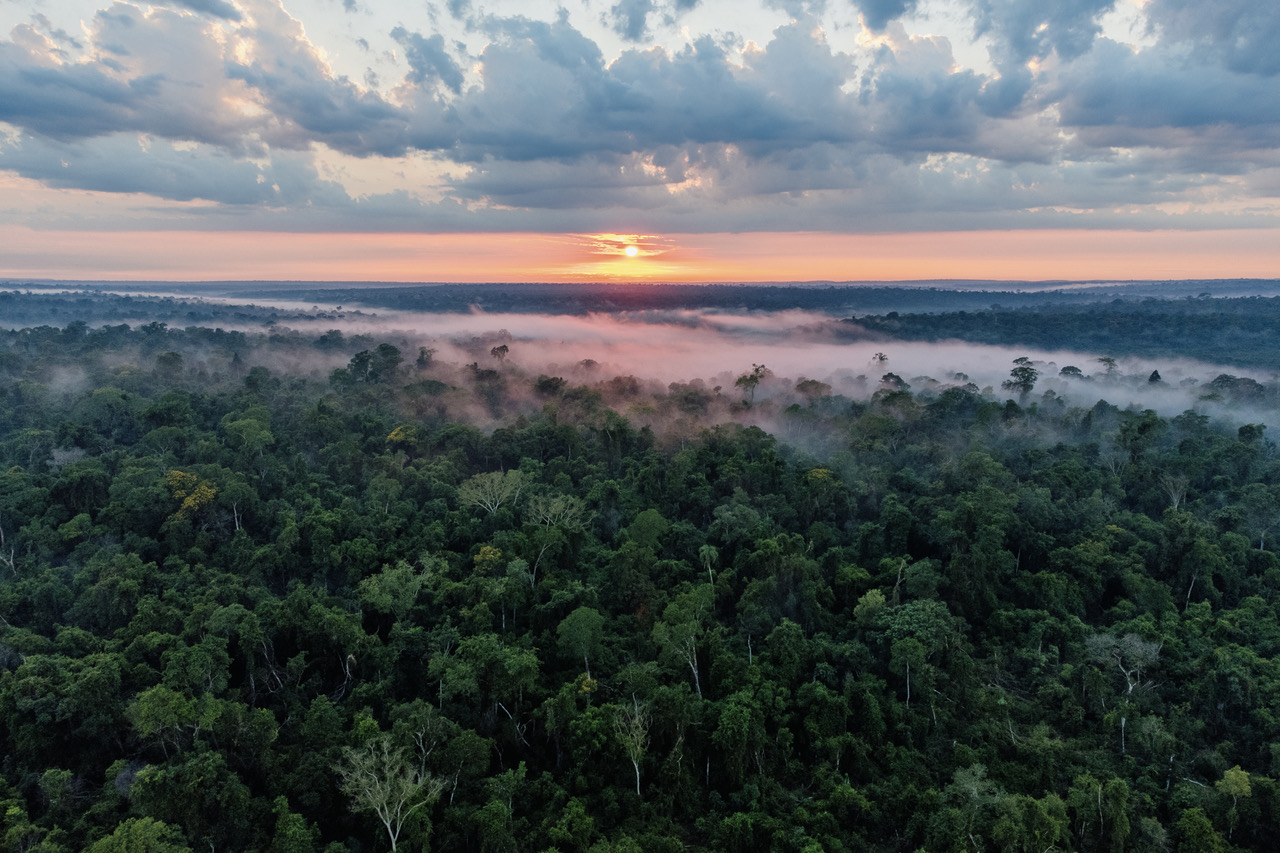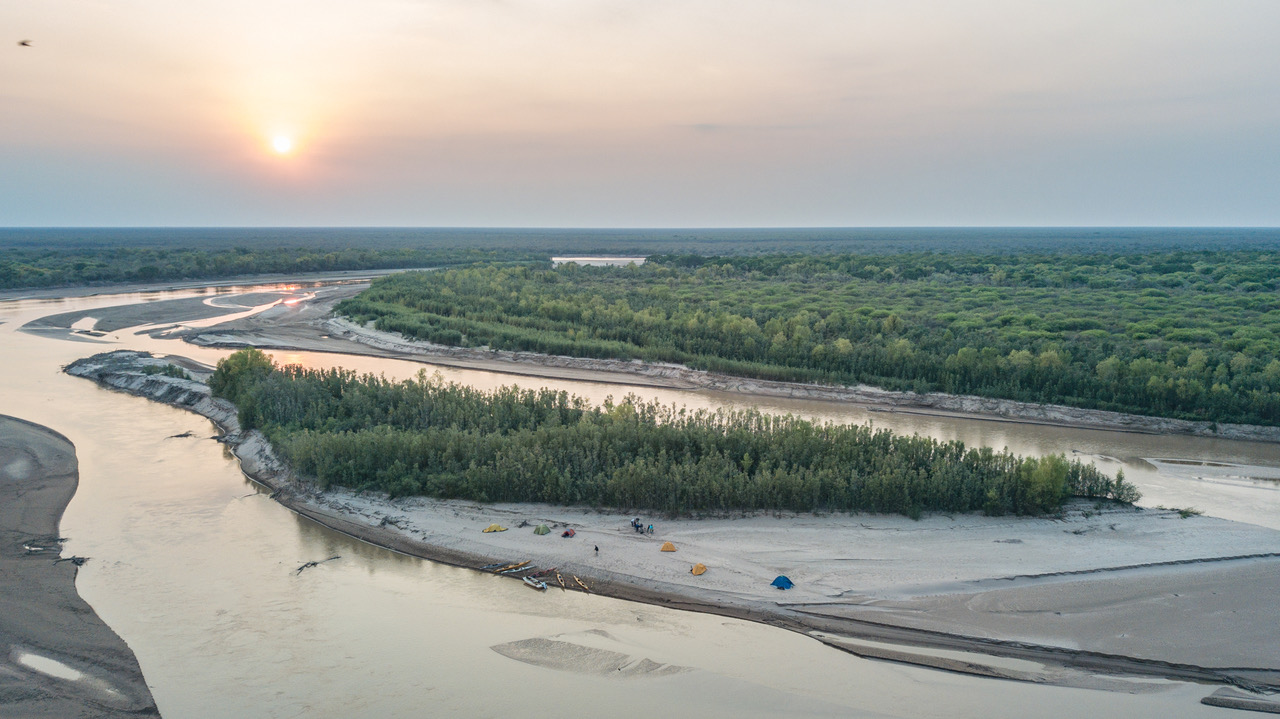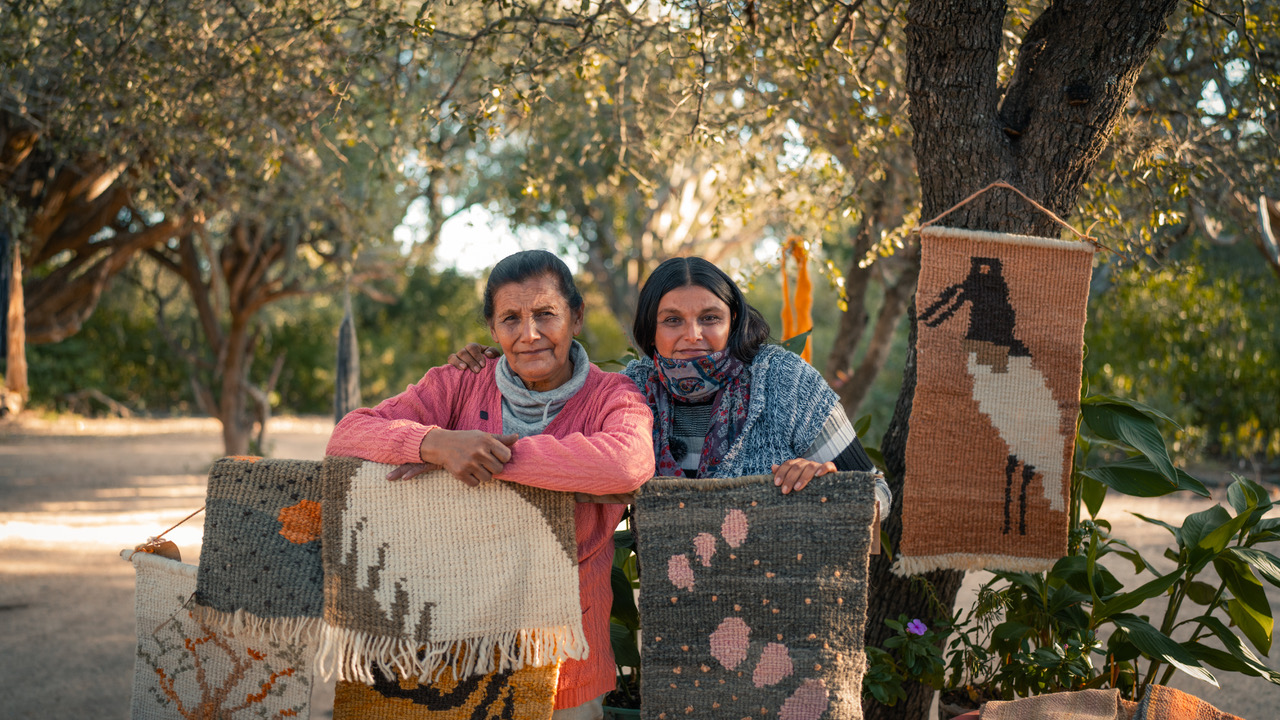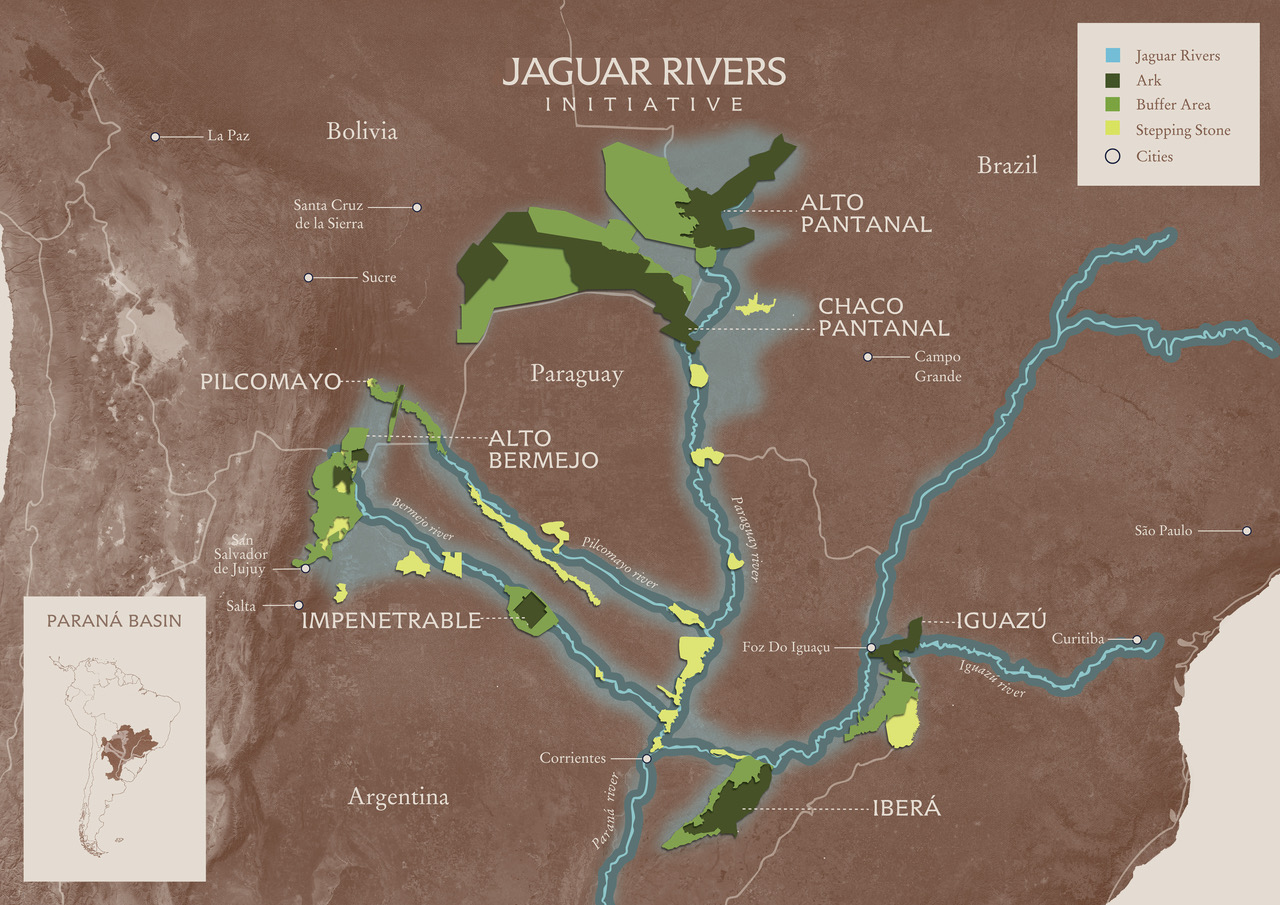South America’s First Continental Wildlife Corridor
October 9, 2025
The Jaguar Rivers Initiative is the first multi-country effort to create a massive wildlife corridor in the heart of South America. Uniting successful grassroots nonprofits in Argentina, Bolivia, Brazil, and Paraguay, the initiative will restore ecosystems, bring back key species, and develop nature-based economies in a new cross-border model that addresses the mass extinction crisis and climate instability on a global scale.
In a groundbreaking announcement during Climate Week in September, an alliance of grassroots South American nonprofits launched South America’s largest continental-scale rewilding endeavor. The Jaguar Rivers Initiative plans to reconnect fragmented ecosystems across the vast Paraná Basin using river corridors as the connective tissue. “We all know the urgency of the biodiversity and climate crises,” said Kristine Tompkins of Tompkins Conservation. “This bold initiative underlines the need for coordinated, large-scale action before it’s too late. I’d call it a lifeline to our planet.”
South America is in the midst of an unparalleled ecological crisis. Wildlife populations across the region have declined by 94 percent since 1970—the steepest drop in the world. The drivers of this collapse—deforestation, river degradation, fragmentation, fire, and overexploitation—are intensifying in the face of climate change.
The Jaguar Rivers Initiative will restore, protect, and connect ecosystems throughout the heart of South America, covering nearly one million square miles, an area almost twice the size of Alaska. According to Deli Saavedra, the director of the initiative, “We’re undertaking a very strategic act to safeguard one of the largest river systems in the world. By restoring its ecological integrity, diverse species and communities currently under threat in four countries have the opportunity to thrive, using a model of nature restoration combined with regenerative economies that has been tested and proven successful in places like the Brazilian Pantanal and the Iberá Wetlands of Argentina.”
The initiative will be centered around four pillars:
• Arks: Large intact ecosystems with keystone species, restored and rewilded to become sources of wildlife dispersal.
• Buffer Areas: Surrounding zones where restorative economies promote coexistence and extend protection.
• Stepping Stones: Smaller wildlife refuges along corridors, often private reserves, that enable safe dispersal and reduce human-wildlife conflicts.
• Rivers and Floodplains: Vital corridors for connectivity, requiring healthy ecological flows; safeguarded through citizen guardianship, monitoring, and strong policies.
The Partners
In Argentina, Fundación Rewilding Argentina has donated more than 460,000 hectares (1.1 million acres) of land since 2010 to create and expand 10 parks, protecting more than 1.6 million hectares (3.9 million acres). Twelve extirpated species, including the jaguar, giant river otter, and red-and-green macaw, have been reintroduced and new territorial conservation models have been developed, helping to create four nature-based tourism destinations.
In Bolivia, Nativa: Naturaleza, Tierra y Vida has played a key role in promoting the creation and management of 12 protected areas, supporting initiatives such as Ñembi Guasu, encompassing 1.2 million hectares (2.9 million acres), a prominent example of Indigenous conservation management.
In Brazil, Onçafari has increased wildlife-based ecotourism by pioneering the habituation of jaguars. It was the first organization in the world to successfully release captive jaguars back into the wild and has been responsible for creating and managing large wildlife corridors in the Amazon and the Pantanal.
In Paraguay, Fundación Moisés Bertoni manages Mbaracayú Forest Reserve, ensuring the perpetual protection of more than 64,000 hectares (150,000 acres) of endangered Atlantic Forest. The foundation has developed innovative solutions to socioeconomic and environmental challenges, thereby curbing water pollution for the direct benefit of more than 40,000 people.
A driving force to curb the worldwide climate emergency and the biodiversity crisis, Tompkins Conservation protects, rewilds, and defends land and marine ecosystems in the Southern Cone through collaborating to create national parks and rewilding key species. Working with public and private partners, the organization has helped to create 13 national parks, protecting 14.5 million acres. The goal is to restore a healthy planet with big, wild, and connected landscapes where animals and plants can thrive. This also means helping to build robust communities that benefit from a healthy natural world.
Kristine McDivitt Tompkins and Douglas Tompkins (1943-2015) founded Tompkins Conservation after leading iconic American clothing brands—Kristine as longtime CEO of Patagonia Inc, and Doug as co-founder of The North Face and Esprit. Changing course in the early 1990s to focus on conservation, they became two of the most successful conservation philanthropists in history. After Doug lost his life in a tragic kayaking accident in 2015, Kristine has continued to build on their foundation. She is now the president of Tompkins Conservation and a UN Environment Patron of Protected Areas.
A 501(c)(3) public charity, Tompkins Conservation carries out conservation projects through the nonprofit network of Rewilding Chile and Rewilding Argentina.

